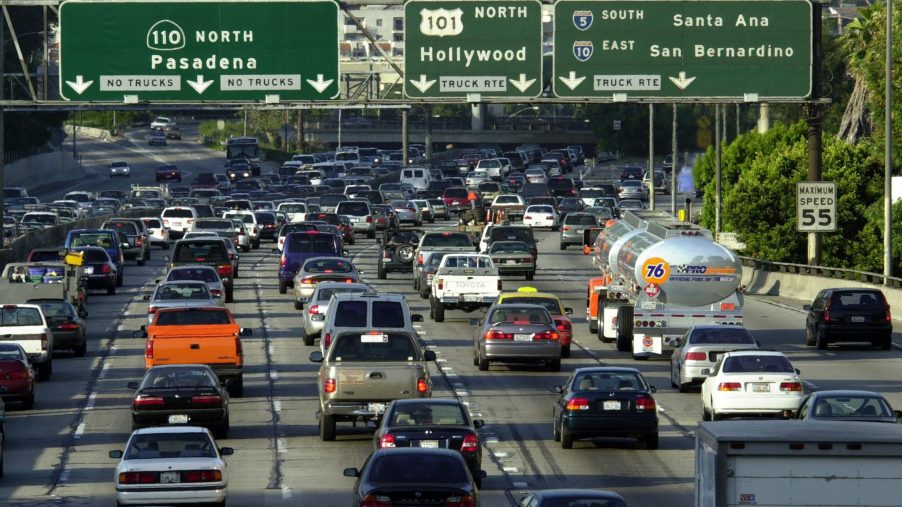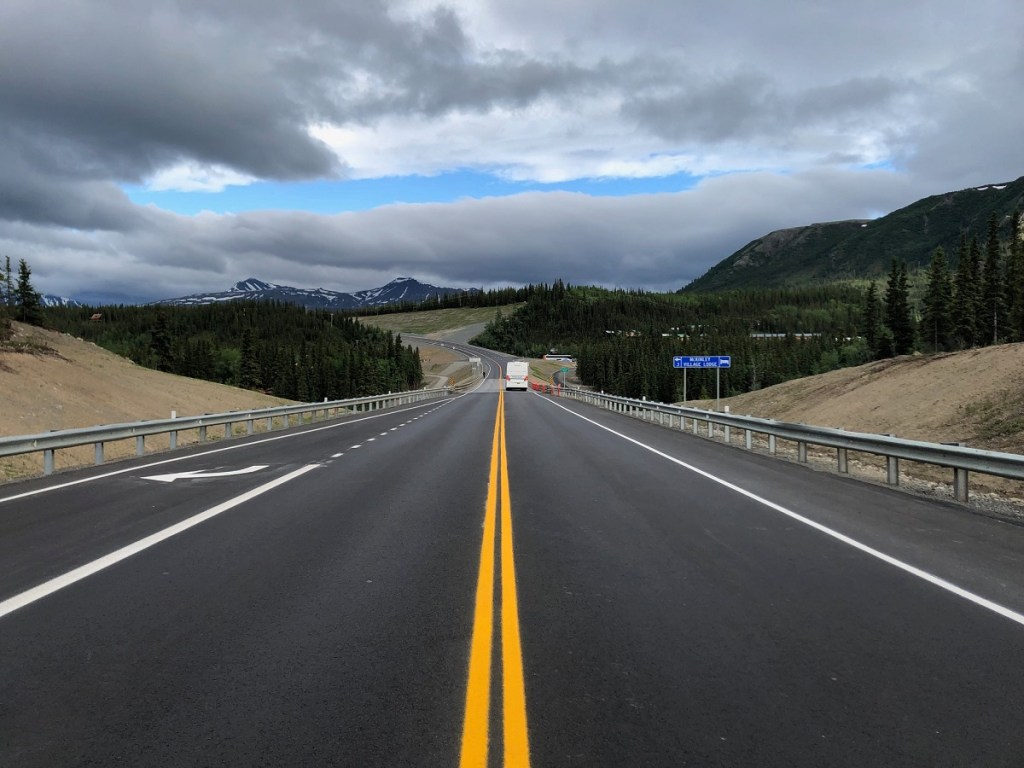
What Are the Differences Between a Highway, Freeway, and Interstate?
Millions of Americans wake up, get in their cars, and drive on the freeway to get to work. However, they might not actually be doing what they believe they’re doing. It’s entirely possible that they’re driving on a highway, an interstate, or a bunch of other different types of roads. While most people will use these terms interchangeably, there are actually small differences between them.
What is an interstate?
While many people will refer to driving on the interstate as the same thing as driving on the highway, that’s not technically the case. According to Ponder Weasel, the interstate actually refers to the Interstate Highway System that had its origins in 1921 but only fully took off in the ’50s.
Moreover, the purpose of the system is, as its name implies, to connect states together with a series of roadways. While the state-connecting system is massive, it doesn’t actually cover all roads of that nature. Instead, there are differences between the interstate and highways. The former is composed of highways, but not all highways are a part of the state-connecting system.
What is a highway?
A highway, as you might imagine has a very loose definition. In fact, it’s simply a public road intended for rapid transit that could have restricted access as well as tolls. When we say restricted access, we mean that the road limits access to certain vehicle types, like passenger cars and trucks. By now you’ve probably noticed signs restricting bicycles and pedestrians from riding on high-speed roadways.
Still, there are legal differences between highways and interstates. Since high-speed roads don’t have to restrict access, there’s typically a lower speed limit on highways compared to the interstate. On highways, the average speed limit is 55 mph, while major roads that connect states are typically closer to 75 mph.
What is a freeway?

Freeway is typically a broad term used regionally, not unlike the perennial “pop versus soda” debate. However, as its name implies, the road type is a restricted-access highway that’s supposed to be free for motorists to use.
That’s really the semantic difference between the two popular terms; a freeway is free, and a highway could include tolls. However, the term gets just as much use as others to describe any high-speed roadway. Additionally, freeways tend to connect big cities together, while the Interstate System connects the states together.
On top of that, while much of the Interstate System is toll-free, there are parts that do include toll roads, and as such, they aren’t freeways.
Regardless of these small differences, however, most Americans can comfortably use roadway terminology interchangeably and most people will understand what they’re talking about. Keep up with MotorBiscuit for the latest on driving, travel, and safety!



